Tel:86-755-29113252
Fax:86-755-29113135
Service@poce-cert.com
1F,Bldg.H, Hongfa Science and Technology park, Tangtou, Shiyan, Bao’an District, Shenzhen,China.

13802284723
 Chinese
Chinese
 service@poce-cert.com
service@poce-cert.com


Tel:86-755-29113252
Fax:86-755-29113135
Service@poce-cert.com
1F,Bldg.H, Hongfa Science and Technology park, Tangtou, Shiyan, Bao’an District, Shenzhen,China.
Medical equipment CE certification (MDD) overview
These three instructions are:
Medical equipment CE certification (MDD) core requirements:
Two, the basic requirements include the following 14:
1. devices must be designed and manufactured according to the predetermined conditions: the use and safety devices, patients will not damage the medical environment, operators or other personnel safety and health; and patients with potential risk when using benefit comparison can be accepted, but should have a high level of protection measures.
Design and manufacture of 2. producers, must comply with the safety standards in the condition of considering the existing technology, the producer shall:
First: we should reduce or even avoid risk as much as possible
Secondly, take appropriate protective measures of risk can not be avoided, including the installation of alarm device;
Finally, inform the user provided protection measures of weakness and risk may bring.
3. instruments must be made to expect producers function. Equipment design and manufacturing and packaging should be conducive to the first (2) (A) D functions more provisions of the play.
4. in the production line to determine the equipment life period, in the normal use of the possible pressure, the performance of the section 1,2,3 should remain stable, do not harm the medical environment, harm patients, users and other persons health.
5. design of equipment, production and packaging shall ensure that the performance of equipment during transport and storage as long as comply with the relevant provisions of fundamental inverter does not occur.
The use of the performance of 6. side effects compared with the size of the device can be accepted by people.
7. chemical, physical and biological properties
8. infection and microbial contamination.
9. assembly and environmental factors
10. detection equipment
11. radiation protection
12. with energy or other energy and connected devices
13. operation information producers
14. if you need to determine whether the data according to the medical equipment to meet the basic requirements, such as the sixth paragraph, the relevant data must be obtained in accordance with the provisions of appendix.
Medical equipment CE certification (MDD) product classification
The medical device directive in Appendix nine in 18 rules, according to the degree of risk of medical products, the product will be divided into class I, II A, II class B, class III.
Product classification rules:
1, the rules applied by instruments intended use decision;
2, if the instrument is fit and other instruments, classification rules were applied to each apparatus;
3, accessories can be used in conjunction with other instruments classified separately;
4, start or affect the software and equipment some devices belonging to the same type.
Classification criteria:
Time: time (<60 minutes), short term (<30 days), long-term (>30 days)
Non traumatic injury, through aperture trauma, surgical trauma, implantation.
Application location: central circulation, the rest of the central nervous system.
Energy supply: passive and active.
Rule 1 - 4, all non traumatic devices are in class I, unless they:
For the storage of body fluids (blood bag exception) - II
In the Ila class or higher type of active medical device class II
Change the II A / II B fluid composition class
Some II A / II B wound dressing class
Rule 5, medical devices into the human body size
Temporary use (compression dental materials, examination gloves) I
The short-term use (catheter, contact lenses) - II
The long-term use of II B (normal dental floss)
Rule 6-8, surgery instruments
Then use the surgical instruments (pliers, axe) I
Temporary or short-term use (needle surgical gloves) - 11
Long term use (pseudarthrosis, intraocular lens) II B
With the central circulatory system (CCS) device III or central nervous system contact
Rule 13, combined with the medical material equipment (pulp material containing spermicidal condoms, containing antibiotics) III
Rule 14, contraceptives (condoms, uterine cap II B (II) b/III type intrauterine device class III)
Rule 15, cleaning or sterilizing equipment
Medical devices (endoscope disinfection) - II
Contact lens (disinfectant, nursing liquid) - II
Rule 16, for recording X X-ray image device (X - ray) - II
Rule 17, using animal tissue apparatus (bio) heart valve, gut, collagen type III)
Rule 18, blood bag II B
Rule 9, give or exchange energy treatment equipment - II
(muscle stimulator, electric drill, skin phototherapy machine, hearing aid) a potential danger mode II B
(infant incubator, high-frequency electric knife, ultrasonic lithotripsy machine, X machine)
Rule 10, diagnostic instruments
Energy (nuclear magnetic resonance, ultrasonic diagnostic instrument) - II
Diagnosis / II a drug distribution in vivo radiation monitoring
(r camera, positron emission imaging)
Diagnosis / monitor physiological function (ECG, EEG) - II
A dangerous situation monitoring the physiological function of II class B
(blood gas analyzer in operation)
Emit ionizing radiation (X ray diagnosis on II b)
Rule 11 control drugs or other substances out of the human body active device class II
(suction equipment, supply pump)
Such as working in a potentially dangerous II class B
(anesthesia machine, ventilator, dialysis machine, hyperbaric oxygen)
Rule 12. all other active medical device belonging to the class I
(observation lamp, dental chairs, wheelchairs, dental treatment lights, recording active devices for image processing on diagnosis)
Medical equipment CE certification (MDD) technical documentation (TCF) requirements
Technical documentation "is a very important matter in the medical device directive, it is the purpose of technical documentation and certification requirements prepared for the enterprise, the competent authority checks, or litigation disputes.
The medical device directive MDD 93/42/EEC "technical files may contain the following items:
The quality manual and procedures of A. Enterprises
B. profile in Europe and the name of the authorized representative, contact
C.CE declaration of conformity (or self assurance statement, if the product is combined with other equipment and materials, that should meet the basic requirements of the whole)
1. the name of the product, a brief description of the classification and reference standard terms
2. product overview (including the type and intended use)
A) history of the product
B) technical parameters
C) products with the use of accessories, fittings and other equipment list
D) product icons and samples
E) by the supplier of raw materials and products
3. use the product of the harmonized standards and / or other standard
Analysis of the assessment result and the 4. risk prevention measures (ISO14971 service risk analysis report)
5. the production quality control
A) product information and documents (including production flow chart)
B) sterilization method and confirm the product description
C) sterilization validation
D) quality control measures
E) product stability and the validity of the description
6. packaging and labeling
A) packaging materials
B label)
C manual)
7. technical evaluation
A) product inspection reports and relevant documents
B technology overview and authoritative view)
8. potential risk assessment
A) product potential risk test report and related documents
B) overview of potential risks and authoritative view
9. clinical evaluation
A) product clinical test report and related documents
B) clinical overview and authoritative view
Appendix 1, product test report
Appendix 2, product type test report
Appendix 3, basic requirements checklist
Note:
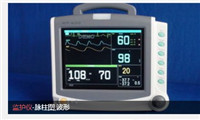
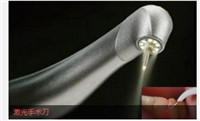
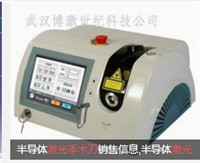
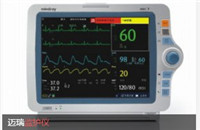
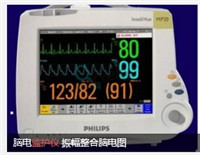

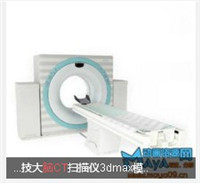
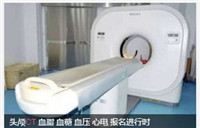
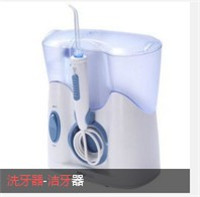
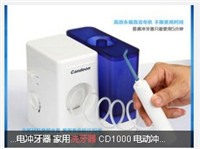
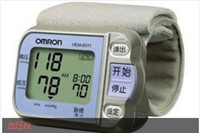
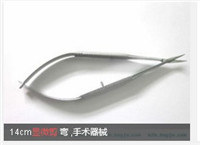

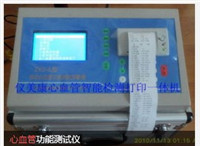
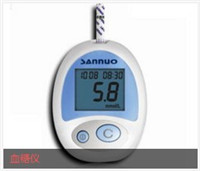
Friendly Link: